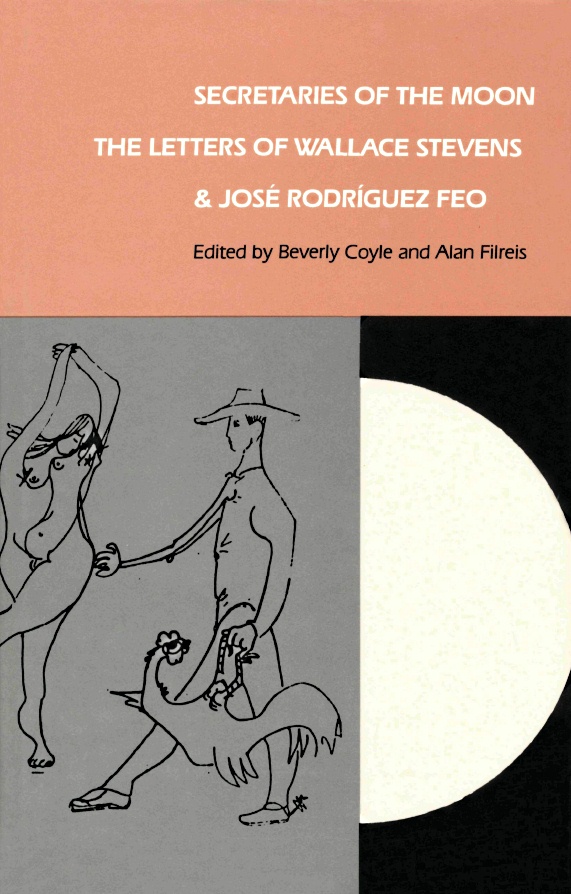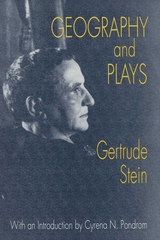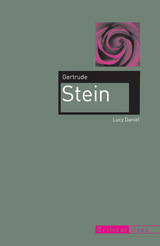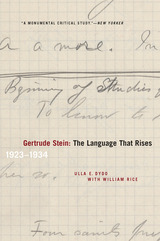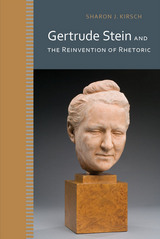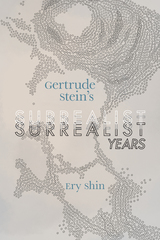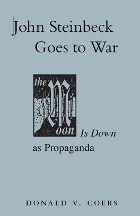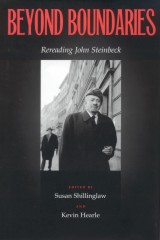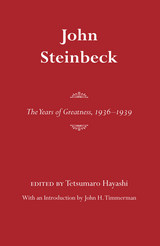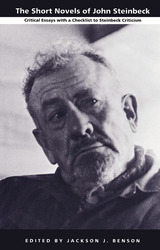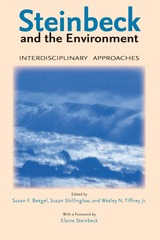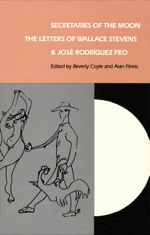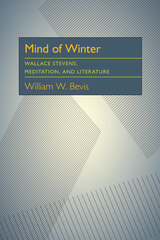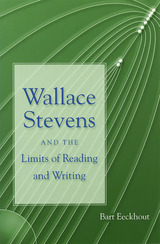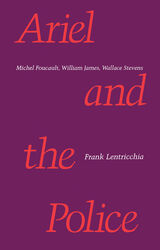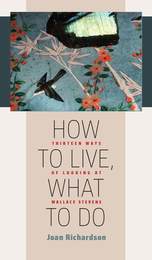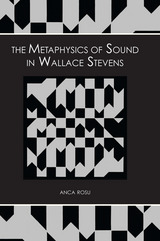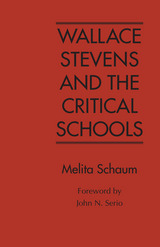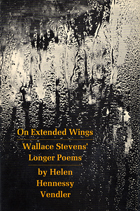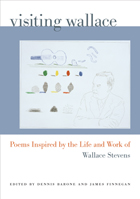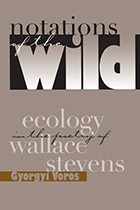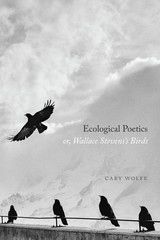Secretaries of the Moon: The Letters of Wallace Stevens and José Rodriguez Feo
Duke University Press, 1986
Cloth: 978-0-8223-0670-2 | eISBN: 978-0-8223-9799-1
Library of Congress Classification PS3537.T4753Z496 1986
Dewey Decimal Classification 811.52
Cloth: 978-0-8223-0670-2 | eISBN: 978-0-8223-9799-1
Library of Congress Classification PS3537.T4753Z496 1986
Dewey Decimal Classification 811.52
ABOUT THIS BOOK | TOC | REQUEST ACCESSIBLE FILE
ABOUT THIS BOOK
The letter from Jose Rodriguez Feo that prompted Stevens's poem was the third in a ten-year correspondence (1944-54) between the poet and the young Cuban, who quickly became Stevens's "most exciting correspondent." The two shared a Harvard education, both were anxious to see Stevens translated for a Cuban audience, and each had an enduring admiration for Santayana, whose awareness of the cultural tensions between the Northern and Southern hemispheres formed a basis for the protracted argument between Stevens as the practical, Protestant father and the passionate Rodriguez Feo. The Cuban's descriptions of his life at the Villa Olga, of his black-and-white cow Lucera and his mule Pompilio, delighted Stevens, as did his wide-ranging questions and pronouncements of literary matters. Unaware of the well-known Stevens reticence, Rodriguz Feo elicited a more informal, playful response than Stevens's other correspondents. Formal salutations soon gave way to "Dear Antillean," "Dear Wallachio."
Coyle and Filreis present the entire extant correspondence between the two men. The fifty-one Rodriguez Feo letters and ten of the numerous Stevens letters are printed here for the first time, and the exchange between the two is unusually complete. The work includes a critical introduction and complete annotation of the letters.
See other books on: 1879-1955 | Cuba | Moon | Poets, American | Stevens, Wallace
See other titles from Duke University Press
